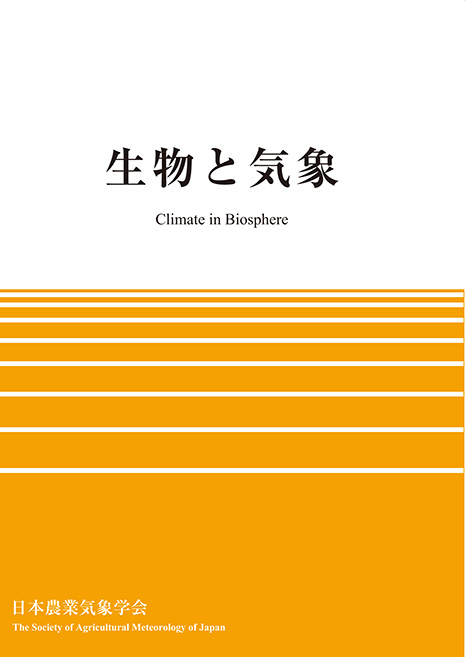Recently, many expensive devices with multiple-controls such as heating, ventilation and CO
2 application have been installed in green-houses which are mainly based on engineering, and less on using the characteristics of crop responses to the environment. In this paper, fertigation practices to lessen high temperature damage by using these characteristics are introduced.
1) Cucumber plants grown in hydroponic systems had two peaks of nitrate absorption in a day: At around noon and early night. An anti-heat control was developed for fertigation using the early night peak. Water is used in lieu of midday solution to reduce plant water stress, and then high concentrated solution was supplied in early night to satisfy the daily nutrient demand of plants. It raised cucumber yield by 35 %. Yield even in nocturnal application of solution was 20-40 % more than in daytime application in cucumber and tomato plants.
2) High soil temperature is decreased below furrow bottoms due to decrease in fluctuation. Yield in tomatoes planted in furrows 10 cm deep was 20 % more than in flat beds.
3) In a trench house with depth 2 m and width 6 m situated in the north-south direction, papaya yield was three times as much as that in the normal green-house. Even in a trench house, papaya plants grown in the west side, where shading in the latter daytime decelerated plant water decreasing and soil temperature increasing, are superior in photosynthesis.
4) Foliar water spray around 3 PM increased leaf water and yield in tomato, sweet potato and papaya plants due to accelerated root growth. However it decreased them in melon, cucumber and cabbage. Increasing of leaf negative-pressure to absorb water was higher in the former crops when leaf water was lost.
These characteristics can be used for environmental controls in green-houses readily and cheaply.
View full abstract
